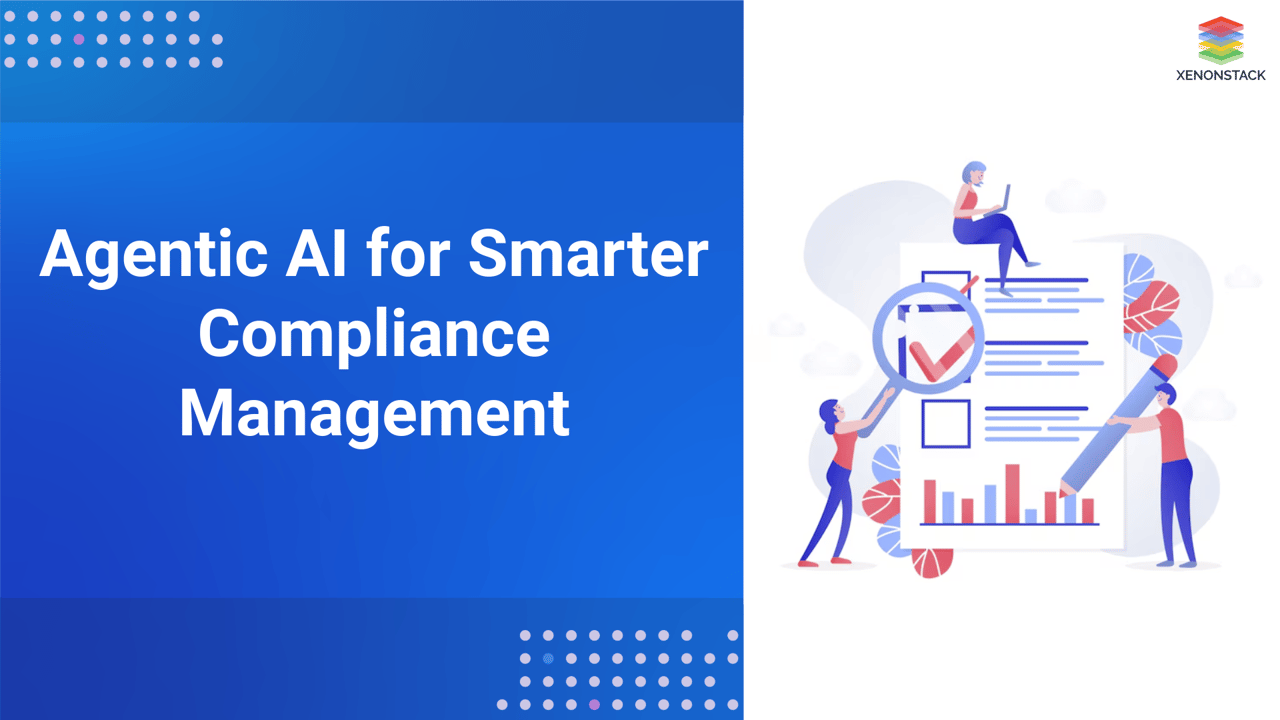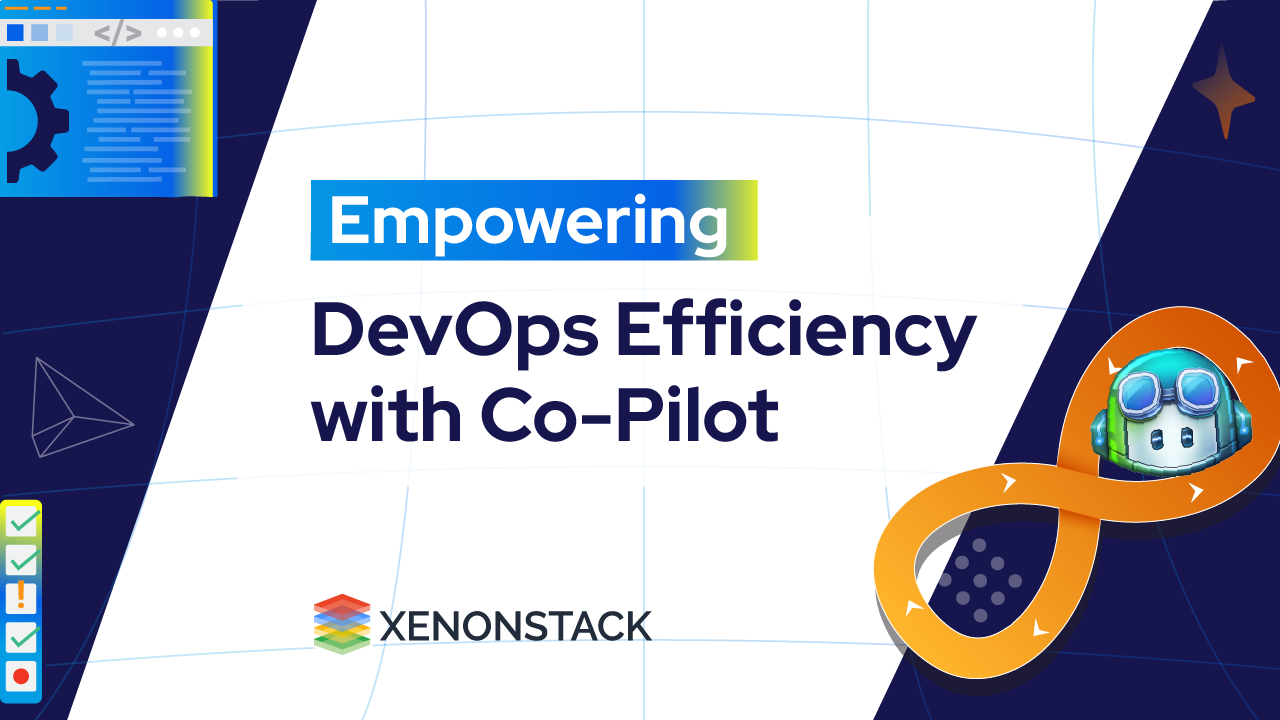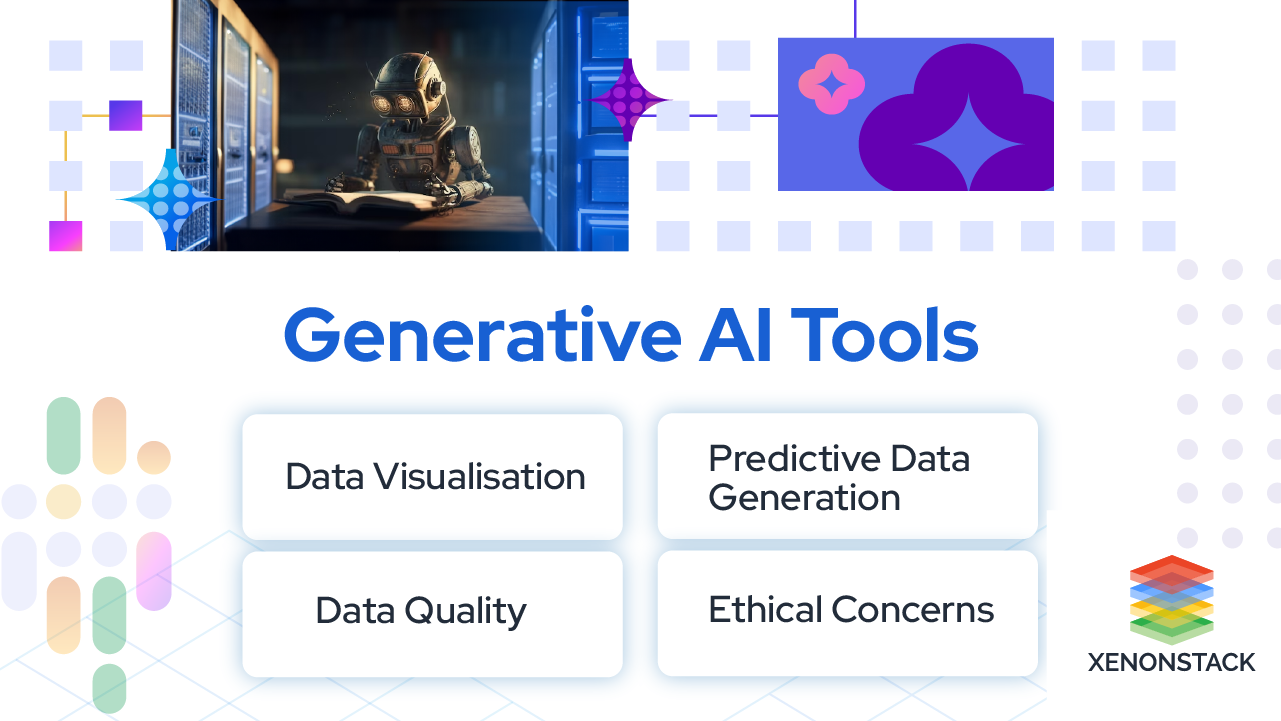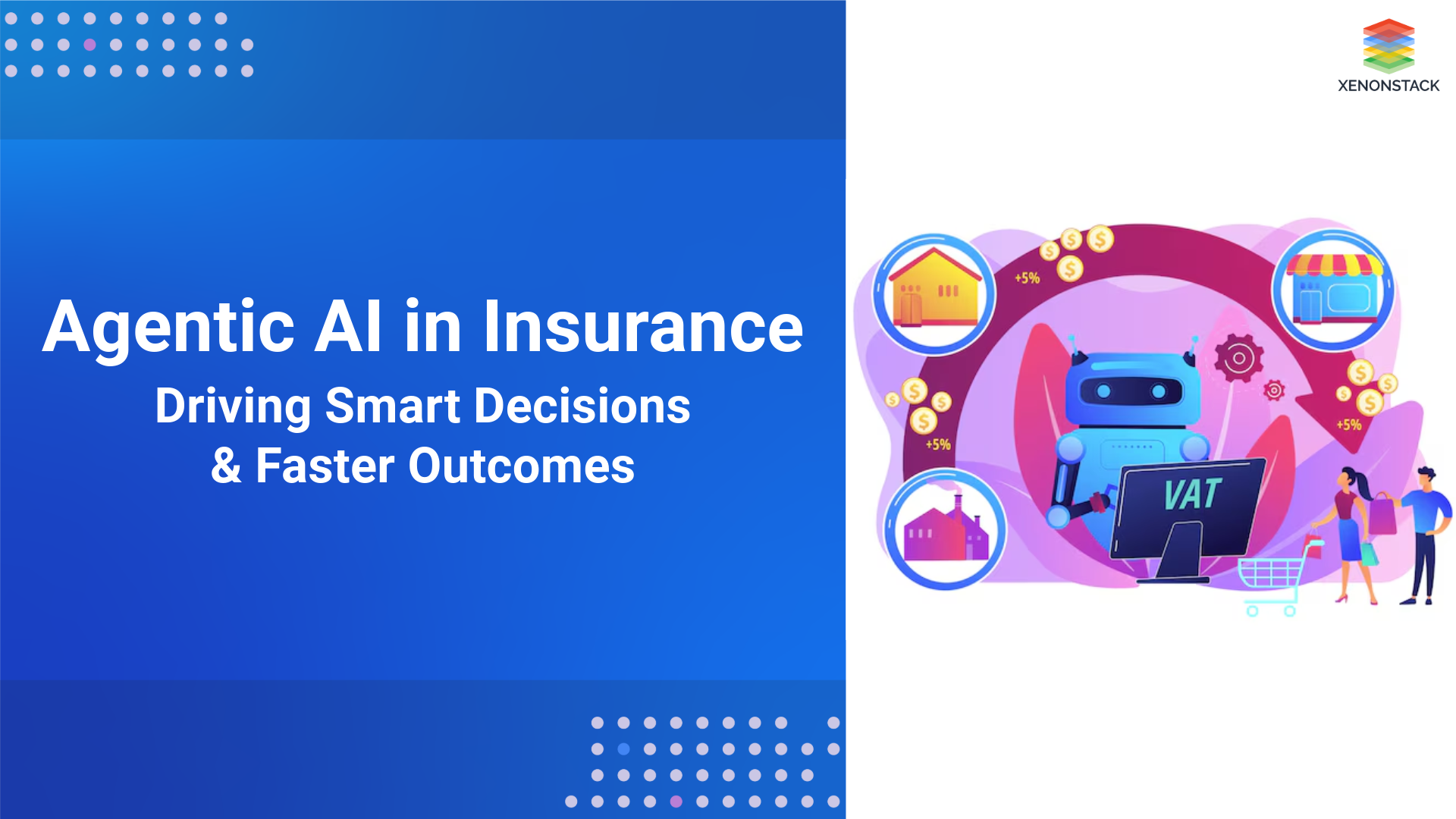
What is Regularity Compliance?
Regularity Compliance refers to the act of adhering to laws, regulations, standards, and policies that apply to a particular industry or organization. It involves following the rules and guidelines that are put in place to ensure that businesses operate legally and ethically. Compliance covers a broad range of areas, such as:
-
Data Privacy
-
Financial Reporting
-
Workplace Safety
-
Environmental regulations
Compliance is critical to business operations because non-compliance can result in significant financial, reputational, and legal damage.
The Origins of Compliance
Companies started prioritizing compliance following a string of scandals in the United States. One such scandal involved lobbyists for arms company Lockheed, who bribed politicians in foreign countries to persuade them to purchase fighter jets in the 1970s. This affair received widespread media attention in Europe, with Germany's then Defence Minister Franz-Josef Strauß and his party being implicated.
Lockheed also attempted to influence the purchase of its aircraft through similar bribes in Italy, the Netherlands, and Japan, with payments totalling billions of dollars. This scandal led to the enacting of the Foreign Corrupt Practices Act (FCPA) in the US, marking a turning point for corporate compliance. Since then, compliance has become increasingly important for companies across various industries.
Why Regulatory Compliance is a Growing Challenge
Regulatory compliance encompasses adhering to laws, regulations, standards, and policies applicable to an organization's operations. From data privacy and financial reporting to workplace safety and environmental regulations, compliance requirements touch virtually every aspect of business operations.
The modern compliance landscape emerged following high-profile corporate scandals, such as the Lockheed bribery case in the 1970s that led to the Foreign Corrupt Practices Act (FCPA). Since then, regulatory frameworks have grown increasingly complex, with organizations facing several critical challenges:
-
Regulatory Proliferation: The volume and velocity of new regulations continue to accelerate globally
-
Cross-Border Complexity: Organizations operating internationally must navigate conflicting regulatory requirements
-
Resource Constraints: Many compliance departments lack sufficient budget and personnel
-
Data Fragmentation: Compliance-relevant information often resides in disconnected systems
-
Continuous Change: Regulatory requirements evolve constantly, requiring vigilant monitoring
These challenges have pushed organizations to explore technological solutions, with artificial intelligence emerging as a particularly promising approach.
From Automation to Agency: The Evolution of AI in Compliance
Early applications of AI in compliance focused primarily on automation—using algorithms to streamline repetitive tasks. These systems could flag potential issues but relied on human experts to investigate, evaluate, and resolve them.
Generative AI expanded these capabilities by creating content based on training data. In compliance contexts, these systems could draft policies, generate reports, and synthesize regulatory information. However, they remained fundamentally reactive tools, dependent on human direction.
Agentic AI represents the next evolutionary step. Unlike its predecessors, agentic AI doesn't simply process data or generate content—it actively pursues defined compliance objectives with minimal human intervention. These systems can:
-
Monitor regulatory changes and proactively update compliance frameworks
-
Independently investigate potential compliance issues
-
Make context-aware decisions based on organizational policies
-
Execute compliance processes from detection through resolution
-
Learn from outcomes to continuously improve performance
This shift from passive tools to active participants fundamentally transforms the compliance function.
How Agentic AI Transforms Compliance Processes
Agentic AI acts as a tireless compliance assistant that continuously monitors, analyzes, and responds to regulatory requirements. Here's how it reshapes key compliance processes:
Regulatory Intelligence
Traditional approaches to regulatory change management involve manual monitoring of regulatory sources, with human experts interpreting implications for the organization. This process is labor-intensive and prone to oversight.
Agentic AI transforms this process by:
-
Continuously scanning regulatory sources across jurisdictions
-
Interpreting new requirements in context of existing regulations
-
Assessing organizational impact based on business activities
-
Recommending specific policy and procedure updates
-
Implementing approved changes across documentation
Risk Assessment and Monitoring
Conventional compliance monitoring relies on periodic reviews and sample-based testing. These approaches can miss emerging risks and provide only point-in-time assurance.
Agentic AI enables continuous compliance monitoring by:
-
Analyzing 100% of transactions and activities in real-time
-
Detecting subtle patterns that might indicate compliance issues
-
Dynamically adjusting risk scores based on changing conditions
-
Prioritizing issues based on potential impact and urgency
-
Initiating appropriate responses based on risk severity
A healthcare organization using agentic monitoring systems identified 28% more potential compliance issues while reducing false positives by 40%.
Investigation and Remediation
Traditional compliance investigations often involve manual data gathering, analysis, and documentation. These processes can be time-consuming and inconsistent.
Agentic AI streamlines investigations by:
-
Automatically collecting relevant evidence from across systems
-
Analyzing information using established investigation protocols
-
Documenting findings with appropriate supporting evidence
-
Recommending remediation actions based on precedent
-
Tracking implementation of corrective measures
An energy company implementing agentic investigation tools reduced their average investigation time from 12 days to 3 days while improving documentation quality.
Leverage Agentic AI for Risk Management to proactively identify risks, ensure regulatory compliance, and automate decision-making for better risk mitigation strategies.
Key Benefits of Agentic AI for Compliance
Organizations implementing agentic AI for compliance realize several significant benefits:
Enhanced Risk Coverage
Agentic systems can monitor 100% of transactions and activities continuously, eliminating the coverage gaps inherent in sample-based approaches. This comprehensive monitoring dramatically improves risk detection while providing more robust assurance to leadership and regulators.
Improved Accuracy and Consistency
By applying consistent evaluation criteria and learning from outcomes, agentic systems achieve higher accuracy rates than manual processes. This consistency becomes particularly valuable in organizations with decentralized operations spanning multiple jurisdictions.
Operational Efficiency
Agentic AI automates routine compliance tasks that previously consumed significant human resources. Compliance professionals can redirect their expertise to strategic initiatives rather than routine monitoring and documentation.
Adaptive Compliance
Rather than point-in-time compliance snapshots, agentic systems enable continuous compliance adaptation. As regulations change or new risks emerge, these systems autonomously adjust monitoring parameters and control frameworks.
Enhanced Decision Support
When compliance issues require human judgment, agentic AI provides richer context and more comprehensive information to support decision-making. This capability helps less experienced staff perform at higher levels while ensuring consistent decision quality.
Overcoming Key Challenges When Implementing Agentic AI for Compliance
Despite its transformative potential, implementing agentic AI for compliance involves significant challenges:
-
Governance and Oversight - Organizations must establish appropriate governance structures to ensure agentic systems operate within acceptable parameters. This includes defining decision boundaries, establishing escalation protocols, and maintaining human accountability for AI-assisted decisions.
-
Data Quality and Integration - Agentic systems require access to high-quality data from across the organization. Many organizations struggle with data fragmentation, inconsistent data definitions, and incomplete information—all of which can undermine AI effectiveness.
-
Regulatory Acceptance - While regulators increasingly recognize AI's potential in compliance, they may scrutinize agentic systems more intensively than traditional approaches. Organizations must ensure their AI implementations maintain appropriate transparency and explainability.
-
Change Management - Successful implementation requires more than technology—it demands changes to processes, roles, and organizational culture. Compliance professionals may resist systems that appear to replace human judgment, requiring thoughtful change management approaches.
Real-World Applications: Financial Crime Compliance
One of the most compelling applications of agentic AI is in financial crime compliance, where institutions must detect and report suspicious activities while processing millions of transactions daily.
Traditional transaction monitoring systems generate enormous volumes of alerts, most of which prove to be false positives after manual investigation. These systems typically use static rules that struggle to adapt to evolving financial crime techniques.
Agentic AI transforms this process by:
-
Continuously analyzing transactions across channels and systems
-
Autonomously investigating alerts using predefined protocols
-
Gathering contextual information to evaluate potential risk
-
Documenting findings in regulatory-compliant formats
-
Learning from investigation outcomes to improve detection accuracy
The results are impressive—a multinational bank implementing agentic systems reduced false positives by 60% while increasing suspicious activity detection by 22%. Investigation time decreased from hours to minutes for routine cases, allowing analysts to focus on complex investigations requiring human judgment.
The Future of Agentic AI in Compliance
As Agentic AI continues to evolve, we can anticipate several emerging trends:
Multi-Agent Systems
Future compliance functions will likely leverage multiple specialized AI agents working in concert—regulatory intelligence agents collaborating with monitoring agents and investigation agents to create integrated compliance ecosystems.
Natural Language Interaction
Compliance professionals will increasingly interact with Agentic systems through natural language interfaces, making advanced compliance capabilities accessible without specialized technical knowledge.
Predictive Compliance
Agentic systems will move beyond detecting compliance issues to predicting them before they occur, enabling truly preventative compliance approaches.
Actionable Takeaways: Building Your Agentic AI Compliance Strategy
Agentic AI represents a paradigm shift in regulatory compliance—from reactive, manual processes to proactive, autonomous systems that continuously monitor, analyze, and respond to compliance requirements. While implementing these systems involves significant challenges, the potential benefits are compelling: enhanced risk coverage, improved accuracy, greater efficiency, and more strategic allocation of compliance resources.
As regulatory environments grow increasingly complex, agentic AI offers a promising path forward for organizations seeking to maintain compliance while controlling costs and enabling business growth. The organizations that successfully harness this technology will transform compliance from a cost center to a strategic advantage in an increasingly regulated business landscape.
Next Steps for Achieving Compliance with Agentic AI
Talk to our experts about achieving compliance with Agentic AI. Explore how industries and departments can implement Agentic Workflows and Decision Intelligence to ensure regulatory adherence while optimizing operations. Leverage AI to automate and enhance IT support, improving efficiency, responsiveness, and compliance.



